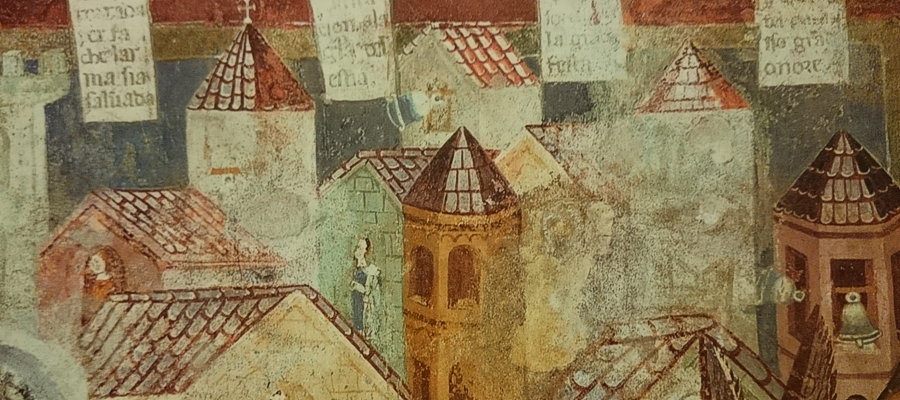
French Domination - The District of Milan
|
|
|
|
|
|
|
|
|
|
|
|
|
|
|
|
|
|
|
|
|
|

|
|
|
|
|
|
|
|
|
|
|
|
|
|
|
|
|
|
|
|
|
|
 tommstudio - Web Solutions Via D.in Guerra, 36 Italy 22015 Gravedona (CO) P.IVA 02948970138 email: info@tommstudio.it |
|
Sitemap lake Como - Accommodations lake Como - Italy Travel Guide Domaso lake Como - Hotel, Camping, Apartments Domaso lake Como |